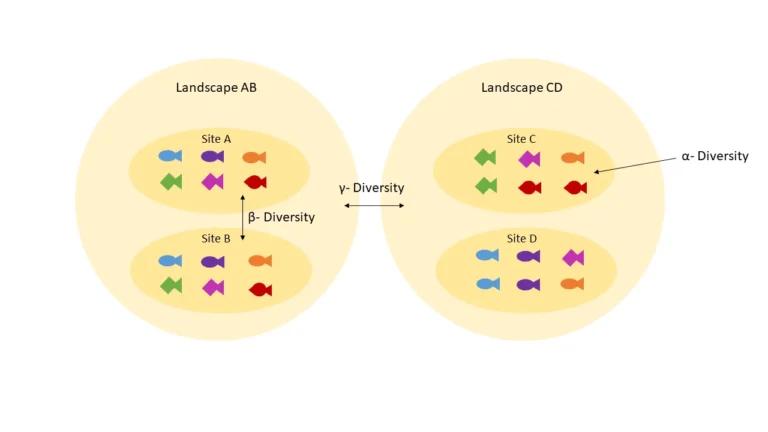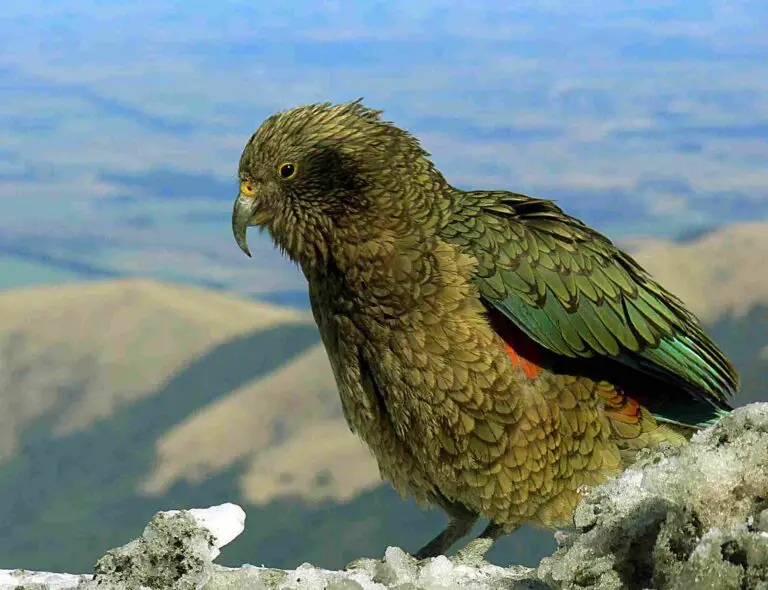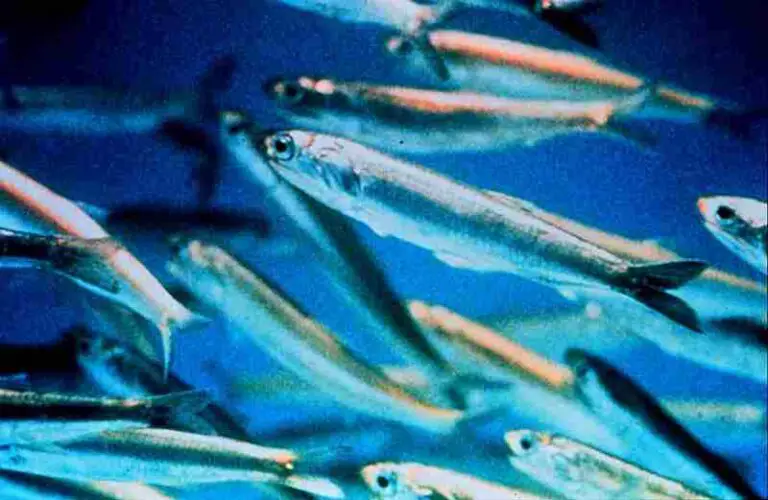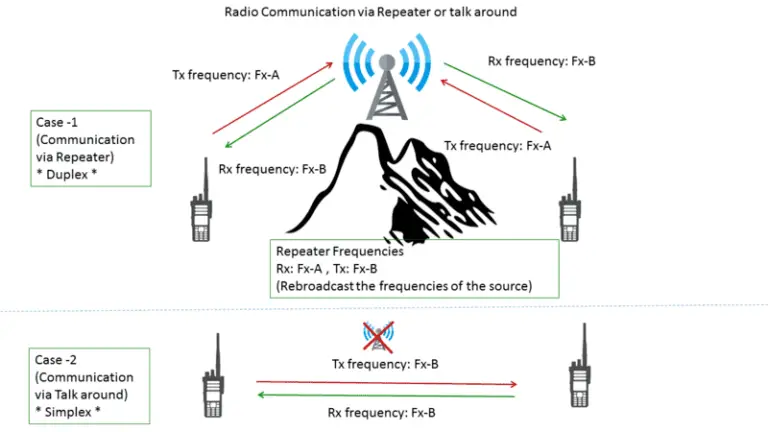4 Types of Natural Disasters Explained
Types of natural disasters are; hydrological, geologic, biological and meteorological natural disasters.
This article discusses the types of natural disasters, as follows;
1). Hydrological Natural Disaster (as one of the Types of Natural Disasters)
Hydrological natural disasters can be referred to using any of several other terms, including water-induced hazard, water-related hazard, and hydro natural hazards.
As these terms imply, hydrological natural hazards are those whose occurrence can be directly traced to water dynamics.
Basically, hydrological natural hazards result from significant and devastating changes or events involving water from atmospheric precipitation or existing water bodies (streams, rivers, oceans).
These changes or events are accompanied by severe environmental impacts and other implications for the ecosystem [1].
Effects of hydrological natural disasters range from physicochemical alterations to environmental degradation in the forms of pollution and resource depletion, among others.
Another way to describe the origin of hydrological hazards is that they are caused by extreme disruptions of natural hydrological processes and dynamics like condensation, evaporation, infiltration, percolation, groundwater recharge, and freezing.
These disruptions may reduce water quality and availability, in addition to their other harmful ecologic and socioeconomic effects, which could be short-term or long-term.
Examples of hydrological natural disasters are; erosion, flooding, tsunamis, limnic eruption, and acid rain.
Other hazards like landslides and avalanches can be categorized as hydrological hazards because they are induced significantly by water, even though these hazards are more commonly viewed as geologic hazards.
Droughts are also hydrological disasters since they represent a case of hydrological extremity (water scarcity). However, it is more common to refer to drought as a meteorological disaster due to the major role played by atmospheric conditions in this hazard.
Some studies strike a balance between both aspects by evaluating drought as a hydro-meteorological disaster [3].

2). Geologic Natural Disaster
Geologic natural disasters can also be referred to as geological natural disasters or geological hazards.
These are hazardous events or occurrences that involve or are caused by spontaneous or induced interactions between rocks and other geologic materials in the Earth’s crust [2].
Geologic natural disasters are among the most common and significant types of natural disasters, in terms of their prevalence, magnitude and impact.
As a result of this prominence, in some studies, the term “geologic natural disaster” is used as a collective term to refer to all types of natural disasters.
Examples of geologic natural disasters are; volcanic eruption, earthquake, landslide, tsunami, and avalanche. Others like drought and desertification can be described as geologic natural disasters in some contexts, due to the fact that they involve earth materials. However, these two are more inclined toward meteorological classification.

3). Biological Natural Disaster (as one of the Types of Natural Disasters)
Biological natural disasters are hazardous events of significant magnitude that are caused or facilitated mainly by naturally-occurring biological systems, processes or organisms.
These events also tend to affect the living or biotic component of the ecosystem (humans, plants, microbes, other animals) more than the abiotic components (environmental factors).
The effects of biological hazards include disruptions of natural biologic processes and cycles, energy pyramid disruptions, public health problems, and low rates of organic survival.
Examples of biological natural disasters include; pest, pathogen and disease vector infestation, mass extinction, and disease outbreak.
Other hazards like severe deforestation are sometimes viewed as biological due to their possible origin (infestation can lead to deforestation) and causes.
It is important to note that not all disease outbreaks are biological natural disasters (they are all biological, but may not be natural). This includes cases where the pathogen is a product of biotechnological processes that do not occur naturally.
Also disease outbreaks that have been influenced or induced heavily by human activities may not always be classified as biological natural disasters.
4). Meteorological Natural Disaster
Meteorological natural disaster is a type of natural disaster that is directly caused by meteorological or atmospheric factors.
The causes of meteorological natural disasters can be said to include wind, solar radiation, atmospheric pressure, and general climatic or weather conditions.
Meteorologic natural disaster is arguably the most common type of natural disaster, and accounts for a vast majority of such measurable events and the resulting, devastating effects on the environment.
The severity of a meteorologic disaster is directly proportional to the scale or intensity of the weather or atmospheric variables behind it. Based on this severity, the event can be classified as micro, meso, or macro-scale.
Examples of meteorological natural disasters include; heatwave, thunderstorm, hurricane, blizzard, tsunami, drought, severe cyclone, desertification, and tornado..
Aside these typical examples, meteorological factors play a key role in the occurrence of other types of natural disasters, including hydrological and geologic disasters like flooding, landslides, and avalanches.
Conclusion
Types of natural disasters are;
1. Hydrological Natural Disaster
2. Geologic Natural Disaster
3. Biological Natural Disaster
4. Meteorological Natural Disaster
References
1). Aldardasawi, A. F. M.; Eren, B. (2021). “Floods and Their Impact on the Environment.” Academic Perspective Procedia 4(2):42-49. Available at: https://doi.org/10.33793/acperpro.04.02.24. (Accessed 21 November 2022).
2). Fan, X.; Scaringi, G.; Korup, O.; West, J.; Westen, C. J.; Tanyas, H.; Hovius, N.; Hales, C.; Jibson, R. W.; Allastadt, K. E.; Zhang, L.; Evans, S. G.; Xu, C.; Li, G.; Pei, X.; Xu, Q.; Huang, R. (2019). “Earthquake-induced chains of geologic hazards: Patterns, mechanisms, and impacts.” Reviews of Geophysics. Available at: https://doi.org/10.1029/2018RG000626. (Accessed 21 November 2022).
3). Shaik, R.; Galla, S. (2021). “Development of Hydro-Meteorological Drought Index under Climate Change – Semi-Arid River Basin of Peninsular India.” Journal of Hydrology 594(7566). Available at: https://doi.org/10.1016/j.jhydrol.2021.125973. (Accessed 21 November 2022).




